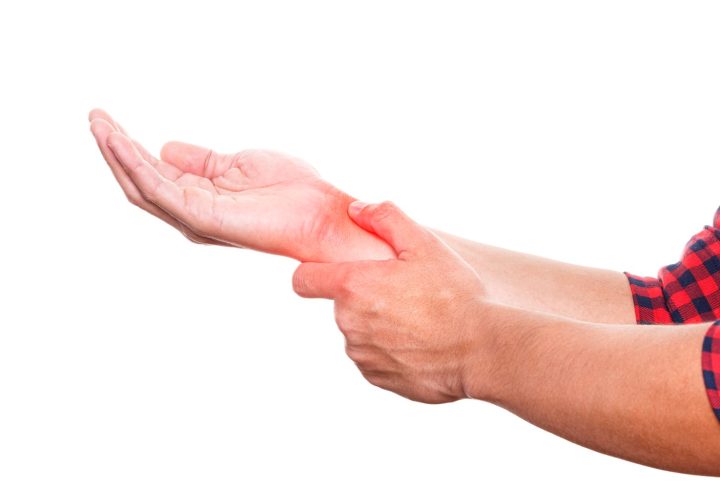Complex Regional Pain Syndrome (CRPS), formerly known as reflex sympathetic dystrophy (RSD), is a chronic pain condition characterized by intense, prolonged pain in one or more limbs.
CRPS can significantly impact daily life, affecting mobility, mood, and overall well-being. In this patient education blog, we’ll delve into the intricacies of CRPS, its symptoms, causes, and treatment options.
Understanding Complex Regional Pain Syndrome (CRPS)
CRPS typically develops following an injury or trauma to the affected limb, although the severity of pain may seem disproportionate to the initial injury. The condition is believed to involve dysfunction in the central and peripheral nervous systems, leading to abnormal pain signaling and inflammation in the affected limb.
Symptoms of CRPS
The hallmark symptom of CRPS is persistent, intense pain that may be described as burning, stabbing, or throbbing. Other common symptoms include:
- Swelling, changes in skin temperature, and alterations in skin color (e.g., redness or mottling)
- Sensitivity to touch or temperature changes
- Muscle stiffness, weakness, or spasms
- Limited range of motion and difficulty moving the affected limb
Treatment Options for CRPS
Treatment of CRPS aims to alleviate pain, improve function, and enhance quality of life. Treatment options may include:
- Medications: Pain relievers, anti-inflammatory drugs, antidepressants, or anticonvulsants to manage pain and improve mood
- Physical therapy: Gentle exercises, stretching, and desensitization techniques to improve mobility and reduce sensitivity
- Sympathetic nerve blocks: Injections of local anesthetics or sympathetic nerve blockers to temporarily disrupt pain signals
- Spinal cord stimulation: Implantation of a device that delivers electrical impulses to the spinal cord to block pain signals
- Psychotherapy: Cognitive-behavioral therapy (CBT) or counseling to address psychological factors contributing to pain and disability
Living with CRPS: Managing CRPS requires a comprehensive approach that addresses both physical and emotional aspects of the condition. Strategies for coping with CRPS may include:
- Engaging in relaxation techniques such as deep breathing, meditation, or guided imagery to manage stress and reduce pain
- Participating in support groups or connecting with others who have experience with CRPS to share information and coping strategies
- Advocating for yourself and seeking out healthcare providers who are knowledgeable about CRPS and its treatment options
While living with CRPS can be challenging, it’s important to remember that there is hope for relief and improvement in symptoms.
By working closely with healthcare providers, exploring various treatment options, and adopting coping strategies, many individuals with CRPS can achieve a better quality of life and regain control over their pain.

